What to Do in Bratislava in One Day On a Danube River Cruise
Located between elegant Budapest in Hungary and Imperial Vienna in Austria, tiiny Bratislava (in Slovakia) beckons the curious traveler.
If you’re wondering what to do in Bratislava on your own or before or after your shore excursion, read on. 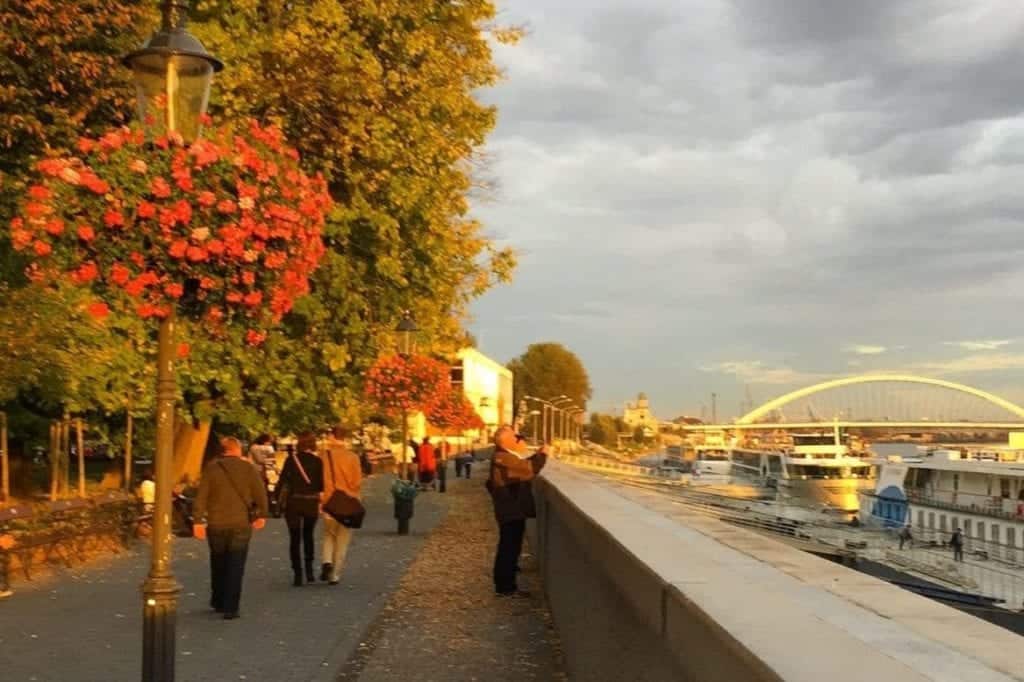
It seems this city on the Danube is included on just about every Danube River cruise. And it’s quickly becoming one of my favorite small cities on the river.
The austere architecture of eastern Europe resonates in cities all along the Lower Danube, from Bucharest, Romania to Budapest, Hungary. In these two important cities, Communist bloc cement grey buildings are juxtaposed with the grand designs of rococo, French Baroque and neoclassical architecture. But it’s tiny Bratislava, flanked by the opulence of Budapest and Vienna, that is quietly becoming its own major tourist destination.
What to Do in Bratislava
Close to Vienna, Bratislava lies near the border of Austria, where the Danube runs almost straight east and west between Budapest and Vienna. After several visits, I finally feel as though I’m beginning to understand this vibrant city that dates back to the Stone Age.
Almost every river cruise company includes Bratislava on their Danube itinerary. The Viking Lif docked here for nearly 12 hours. Plenty of time to explore the city, enjoy a café lunch and never feel rushed.
What to do in Bratislava usually begins with a morning motor coach tour of the city and a visit to the hilltop Bratislava Castle. It’s a good way to get acclimated to a new city. Then you could strike out on your own.



After the city tour and a visit to hilltop Bratislava Castle, your bus will return to the ship for those who want lunch aboard or let others off near the city center at the Danube.
If you choose to spend a day in Bratislava to visit the heart of the city, it’s just a short walk from where the many river boats are docked. Join me on my walking tour.


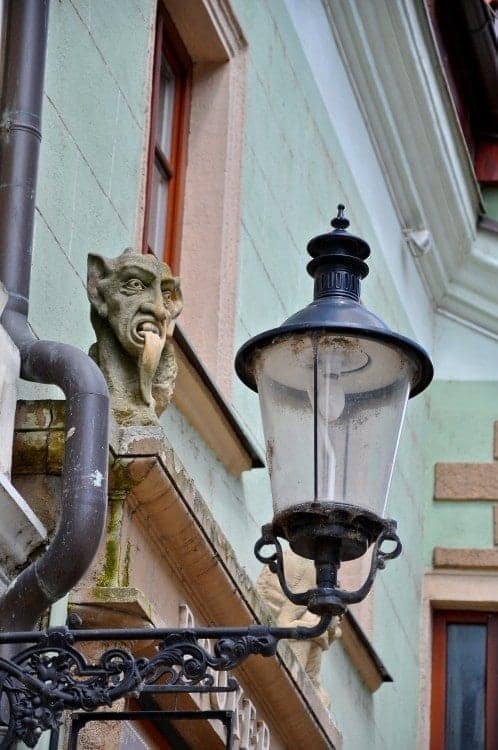


From almost anywhere in the city center, you can look up to see St. Michael’s Gate tower. Head over and walk through St. Michael’s Gate, the only remnant of one of four gates used to enter the city circa 1300.

Walking through the archway, look down to see Point Zero, a brass marker that shows visitors the distance from that point to cities around the world.
Tourists congregate and try to find their hometowns on the brass circle. Inside St. Michael’s tower is the museum of medieval fortification and an assortment of period weapons to view.

Next, walk to the town square. You’ll find Napoleon’s Army Soldier, one of many funny brass sculptures in and around the town square. Napoleon’s soldier is “stationed” in front of the French Embassy.
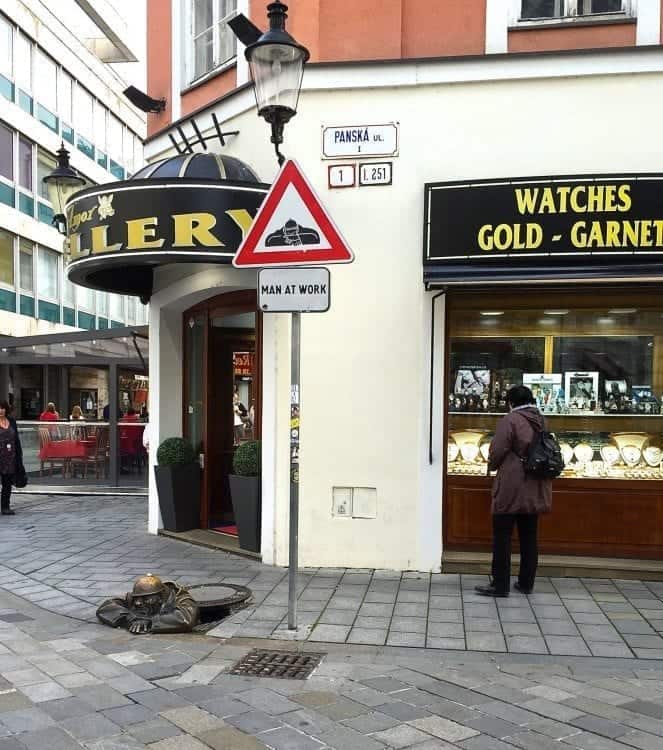
One “famous” resident is Cumil another whimsical brass sculpture, also known as Rubberneck. He’s a sewer worker, peeking out from underneath a manhole cover. It’s supposed to be good luck to rub his cap, thus golden brass color of it.


Another brass statue, the Schöner Naci is supposed to be Ignác Lamár, an eccentric elderly man who wandered the streets of Bratislava in the early 1900’s. Legend says that he supposedly tipped his hat and wished, “Good Day” as he passed by the women of the city.
Once you begin your walking tour, you can cover the main part of downtown in two-three hours but you should really leave enough time to stop at a café for a hearty Slovak lunch.
Bratislava is one of those truly underestimated cities in Europe. A mecca for culture, Bratislava has so much to offer that one day is barely enough time to appreciate it. With a river cruise that begins or ends in Vienna or Budapest, a few nights spent pre- or post-cruise in Bratislava is well worth it. And besides, it’s only a short train or tourist boat ride between the three cities.
Read about my recent Viking Grand European 15-Day River cruise that began in Budapest.

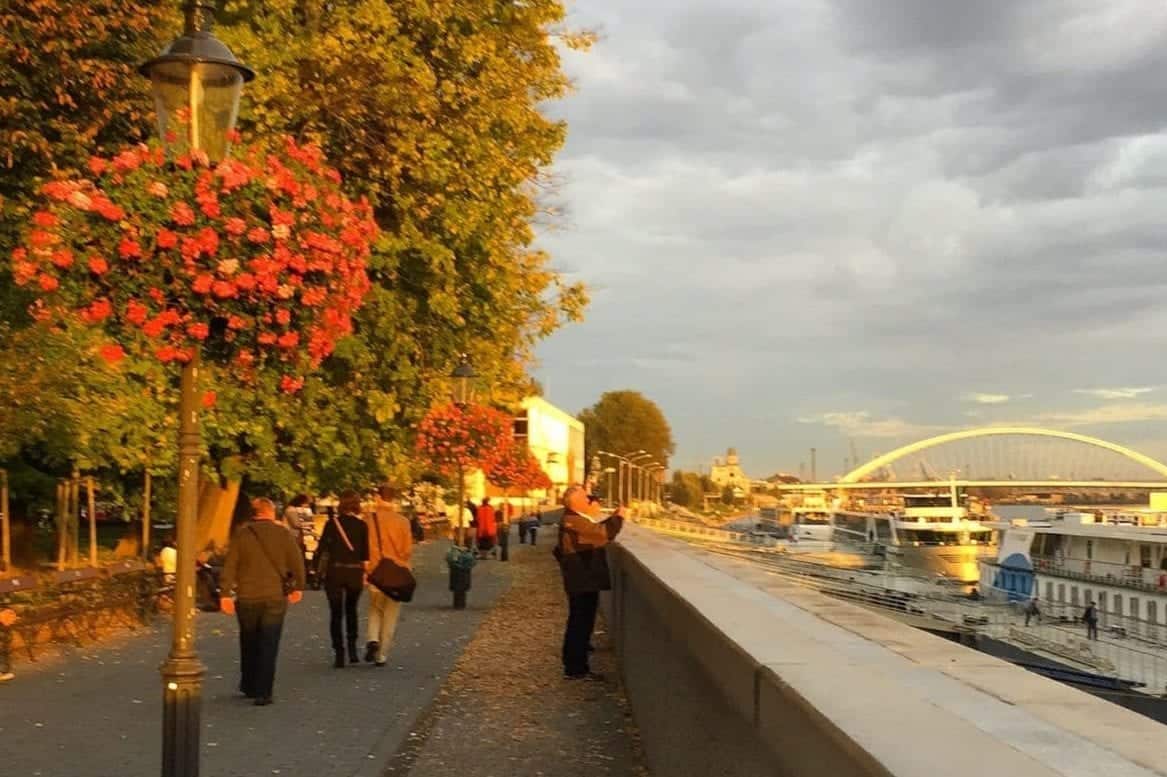

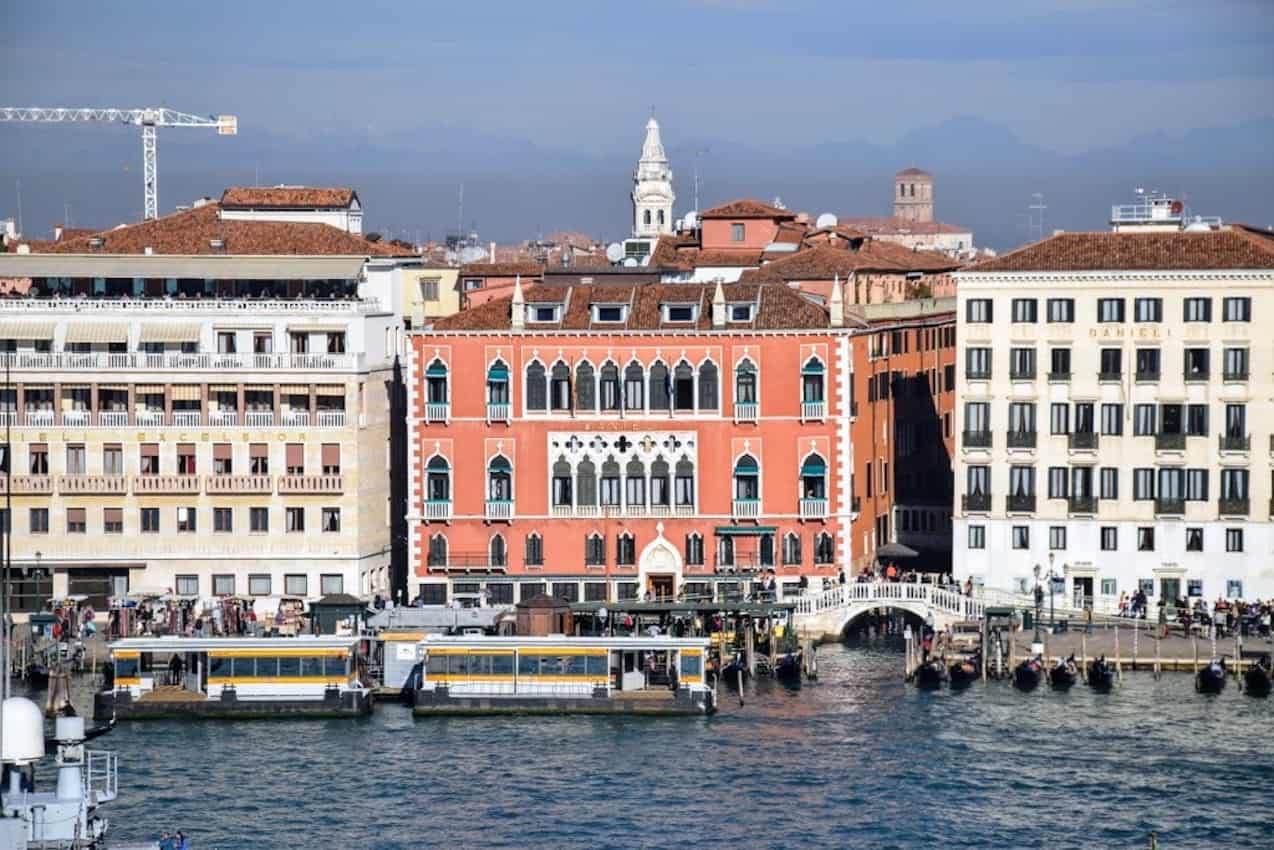
Hi Alyson, thanks for reading my article. On river cruises, excursions are included in the cost of the cruise. There may be optional excursions that you can purchase (ex. a Mozart concert in Vienna), depending on the cruise line.
Where your river ship will dock also depends on the cruise line. Viking owns many of the docking spaces so their ships tie up at prime locations. Several other premium cruise lines might have dockage at a good spot too.
Budapest has river ship dockage on both side of the river, for example, with Viking having the Pest side, and AmaWaterways in the past has docked on the Buda side. In Vienna, most likely you’ll dock outside of the main downtown center, so the river cruise line will provide shuttles back and forth. Passau you’ll probably be right where you want to be for walking on your own. Linz, if I remember correctly, we needed to be shuttled into town.
Read the cruise line’s excursion and city info and somewhere it will most likely tell you what to expect in port. Bottom line, the major river cruise lines will provide shuttle service into the city center if they have to dock away from the main part of town.
You should not need to book transfers to/from the city centers.
Have a wonderful river cruise! Thank you again for taking the time to write.
I am new to river cruising and am going on the Danube in August for 7 nights, visiting Budapest, Krems, Bratislava, Passau, Linz, Vienna. With sea cruising we organised our own excursions with companies meeting us at our ship or port. I would like to know if this is the case with the Danube, do the boats moor within walking distance of the city centres, if not, are there independent transfer options from the boat, or do we have to book transfers through our tour boat operater?
Would much appreciate any advice or input, many thanks